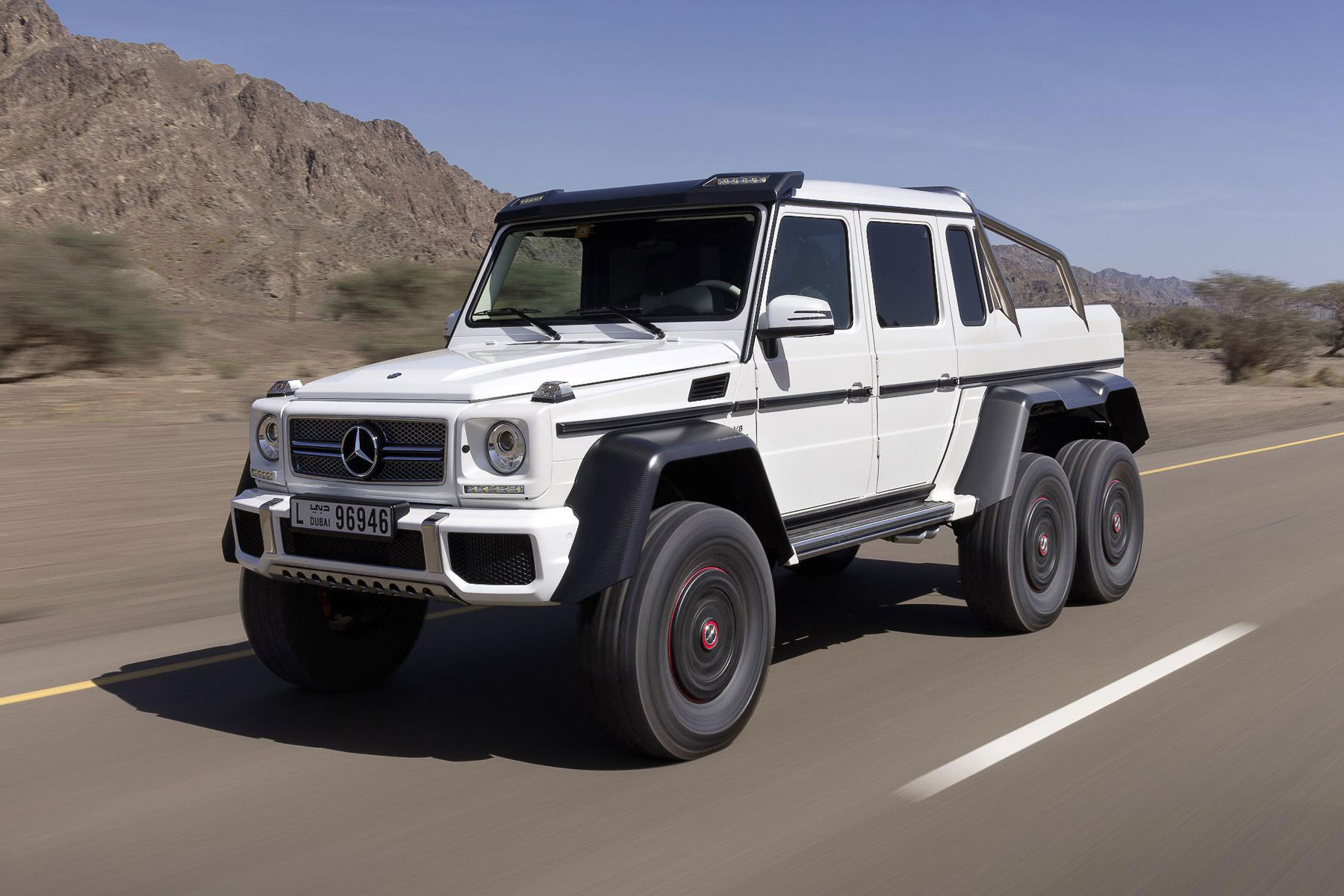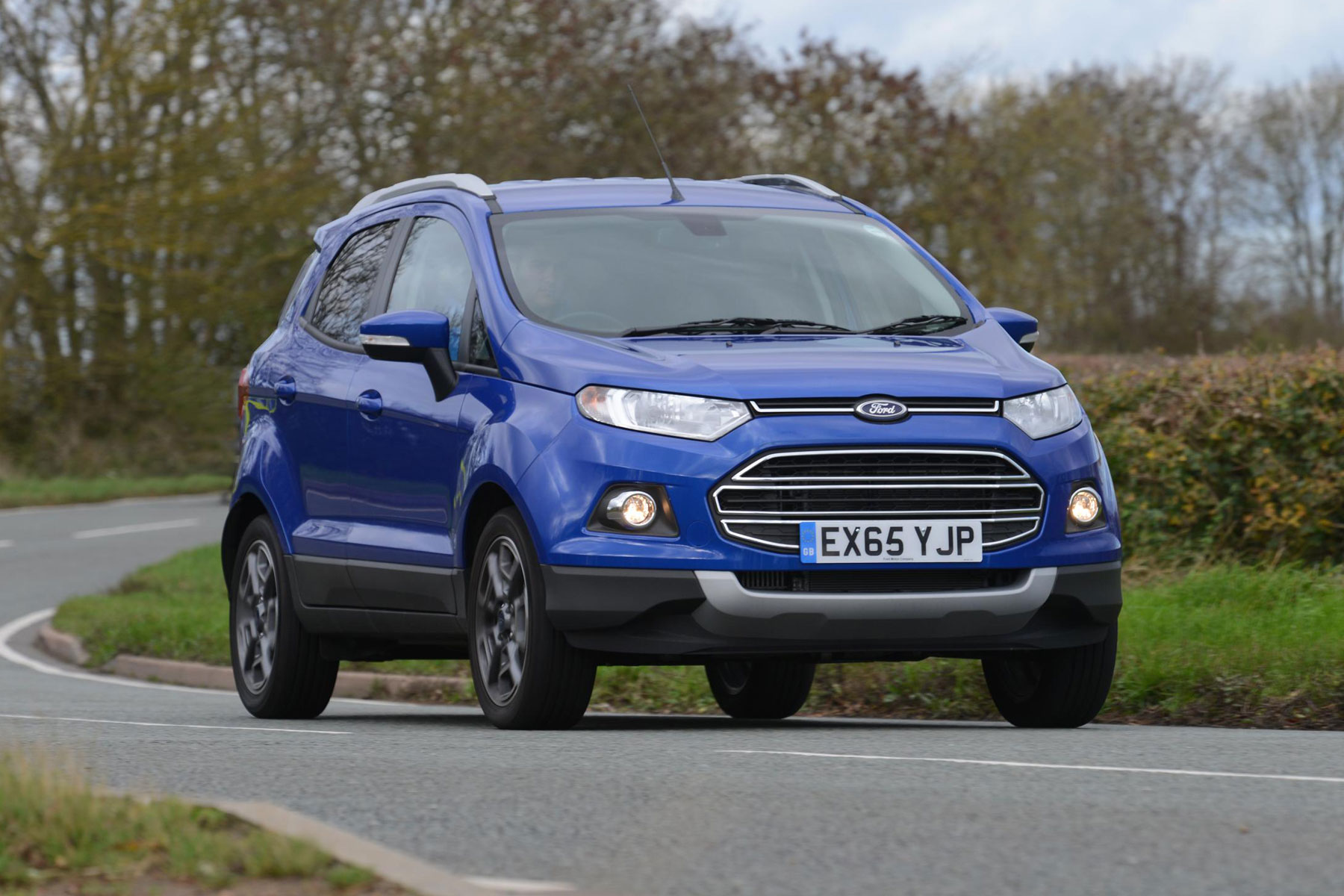It’s ten years since the launch of the Nissan Qashqai – widely considered to be the world’s first crossover.
Sure, the Qashqai wasn’t really the first crossover to grace the tarmac driveways of suburbia – you can credit Nissan’s marketing team for its part in this common misconception – but it did shake things up a little. And by little, I mean a lot.
- 10 crossovers that beat the Nissan Qashqai to market
- Best used crossovers and SUVs for £10,000
- More opinion pieces on Motoring Research
Other carmakers had tried to convince Mr and Mrs Family that there was a crossover-shaped hole in their lives, but it wasn’t until the first Qashqai rolled off the Sunderland production line in December 2006 that this new segment finally took hold.
Simply by being the first out of the blocks, the Nissan Qashqai was able to steal a march over its competitors, quickly becoming the brand generic for what became known as a crossover. Three years later, Nissan gave birth to a smaller sibling in the shape of the Juke and the rest, as they say, is history.
In basic terms, defining a crossover is relatively simple. Combine hatchback dynamics and running costs with the practicality and high driving position of an SUV and, hey presto, a crossover is born.
But it’s not as straightforward as that. Many crossovers offer the option of four-wheel drive, taking them perilously close to what we would – in simpler times – have called an SUV. Actually, scrub that, we’d have called them a 4×4.
This blurring of the lines has resulted in SUVs becoming the dominant sector in Europe, with its market share growing from 19.8% to 22.5% in 2015. The star players: Renault Captur (small SUV), Nissan Qashqai (compact SUV), Volvo XC60 (mid-size SUV) and BMW X5 (large SUV).
The upward trend is set to continue, with JATO Dynamics reporting that SUVs and Vans were the only segments to grow their sales across the five big European markets in October 2016. Meanwhile, MPVs, city cars and medium saloons appear to be spiralling into the abyss.
Soon, the roads will be littered with these odd looking cars with equally odd sounding names. Estate cars, saloons, even hatchbacks will be confined to the history books as carmakers seek to quench our thirst for these high-riding hatchbacks.
Don’t get me wrong, I can see the appeal. We feel safer when perched high above the road, with a commanding view over the traffic ahead. No longer the preserve of the Range Rover driver, today you too can feel imperious at the wheel, and you need not remortgage the Victorian semi to be able to fund the experience.
But answer me this: what happens when we’re all driving crossovers and SUVs? The commanding driving position will simply give you an elevated view of the equally tall car in front of you. You’ll need a six-wheeled Mercedes-AMG if you want to stay a cut above the rest.

Terror awaits in the retail shopping centre car park, too. According to a recent study, the average parking space is 4.8m long and 2.4m wide, which is too small for some large SUVs.
Our love of obese cars is being blamed by the increase in the number of car park accidents, which now account for a whopping 30% of all prangs in the UK.
In response, NCP told The Times that it intends to increase the size of its parking bays, as it recognises “that vehicles are growing in size, especially SUVs”. Good news? Perhaps not.
Something will have to give. At best, there will be fewer spaces to choose from, which might lead to more incidents of parking rage (if parking rage actually exists). At worst, parking operators will be encouraged to increase prices as it minimises the prospect of lost revenue from fewer bays.
And when you emerge from the shops, armed with bags for life packed with expensive gear you probably didn’t need, you’ll find the crossover isn’t quite as practical as you would have hoped. The Nissan Qashqai – Britain’s favourite crossover – offers 430 litres of boot space.
Not bad, you might think, especially when you consider the fact that the Ford Focus hatchback offers a paltry 316 litres of shopping capacity. But that’s not the end of the story.
Back in the day, motorists who demanded a little more practicality bought an estate car. And the Ford Focus estate offers 476 litres of boot space – 46 litres more than the Qashqai. It’s narrower, too, so you’ll have no problems exiting your car in a modern slim-size parking bay.
Not only that, the Focus will be better to drive and doesn’t have the appearance of a Tonka toy making its way out of Mothercare. And don’t get me started on the behaviour of some crossover drivers.
Ever since Nissan promoted the original Qashqai as “more tough” and “urbanproof”, some drivers have had the mistaken belief that they can charge about the streets as if they were pushing a Matchbox toy car along the living room floor.
Confession time: as my colleagues have told me, I have an “unconventional taste in cars” and have never been one to “follow the herd”.
I’m acutely aware that my tastes are of the acquired kind. I found love in a hopeless place (Nissan Pulsar 190) and would choose a Suzuki Swift Sport over any of the current breed of mega-horsepower hot hatches.
It’s just that I steadfastly refuse to accept that a crossover offers any tangible benefit over a decent estate car. I’d take a Subaru Outback, Audi Allroad or Volvo XC70 over any of the current breed of crossovers.
And don’t think for one minute that I’m not a fan of proper SUVs. Proper, authentic 4x4s remain joyous machines and I can certainly see the appeal of a Toyota Land Cruiser or Land Rover Discovery. If had to choose one car for the rest of my life, I’d have no hesitation in asking for a Volvo XC90 T8.
Does this make me a hypocrite? I don’t think so. There’s no mixed messaging with a proper SUV – it does exactly what it says in the brochure. Conversely, an extra large two-wheel drive hatchback with a styling bypass offers some of the looks with none of the talents.
Granted, a two-wheel drive crossover will be cheaper to run than a four-wheel drive SUV, but if efficiency tops your list of priorities, you can buy an even more practical diesel estate. It’ll be nicer to drive, easier to park and won’t give you the look of someone who has given up on life.
And while you might point to the raft of cutting edge technologies found in a modern crossover, I’d simply say they are also available in superminis, hatchbacks and saloons.
What we’ve got is a me-too culture in which crossovers have become the dominant force. It’s a little like the dawn of the hatchback, which led to the nation falling out of love with conventional family saloons.
But these hatchbacks used the same footprint as the cars they replaced and offered genuine ingenuity in terms of packaging. A modern crossover has got nothing on say the Renault 16.
No, the ingenuity of the crossover lies in the selling of a lifestyle. A crossover is positioned as the only car that can handle our active and hectic lives – other cars are simply not up to the task.
Our supposed need for more crossovers has resulted in carmakers building some of the most lacklustre and unappealing cars in recent memory. Do we really want our children’s memory of childhood blighted by trips to the seaside in a Ford EcoSport or Vauxhall Mokka?

And wouldn’t it be nice to see an end to the countless Qashqai references rolled out in the motoring press? ‘Qashqai killer’, ‘Qashqai rival’, ‘The car to beat the Qashqai’… enough already.
I’m prepared to accept my irrational dislike (not hatred) of crossovers puts me in a minority, and I’m fully aware that this ramble is dangerously close to becoming a rant. But for some balance, allow me to say this: clever crossovers do exist.
The Citroen C4 Cactus is a good case in point, offering something different in a crowded sector. I also like the influence it has had on the new C3, which stands a good chance of giving Citroen a much needed shot in the arm.
The Skoda Yeti, whilst long in the tooth, remains a fun and genuinely compelling proposition, even if I still haven’t forgiven the Czechs for doing away with its unique face. And, yes, the Nissan Qashqai is annoyingly competent in just about every area.
All I ask is that you look beyond the hype and marketing messages to see if there’s a better alternative to a crossover.
And if you – like many other motorists – haven’t got the foggiest idea what a crossover is, simply look across the fence at what your neighbour is driving. Then buy something totally different.